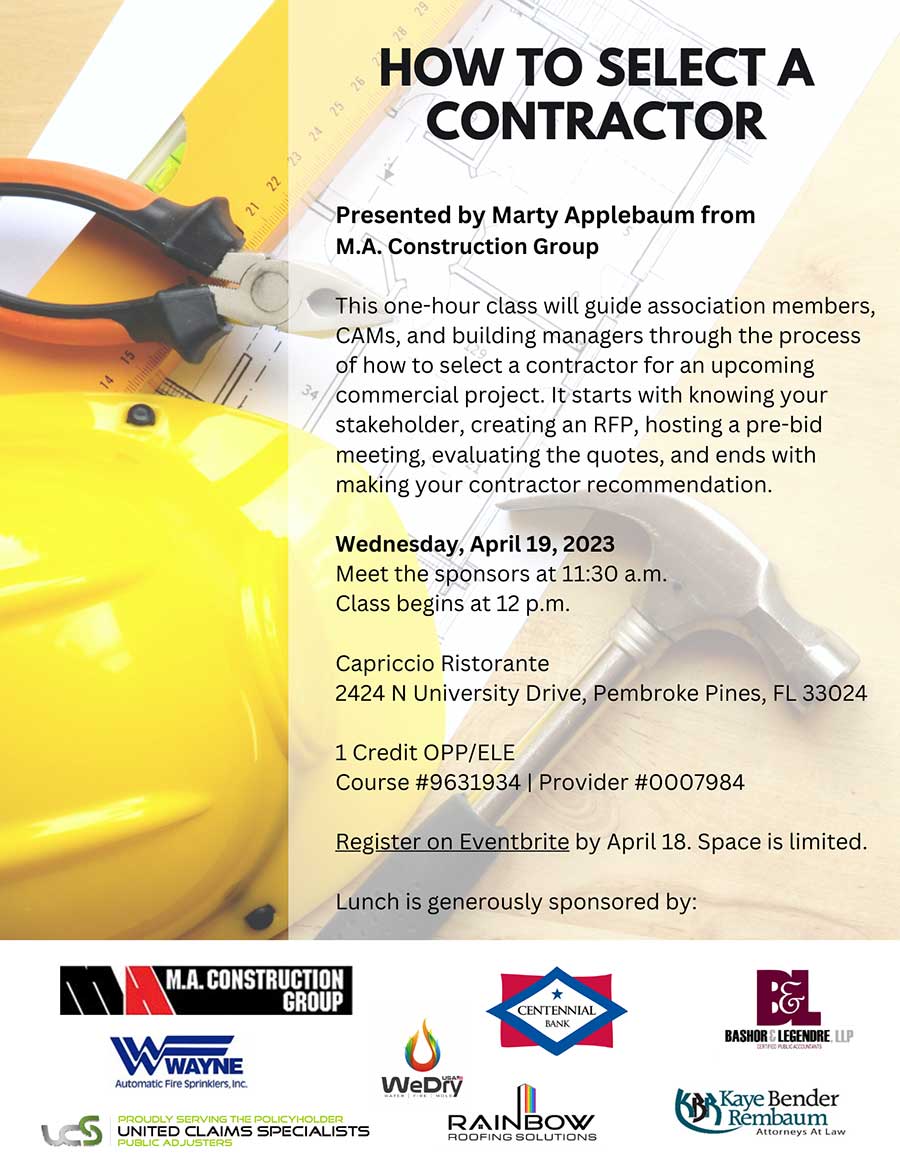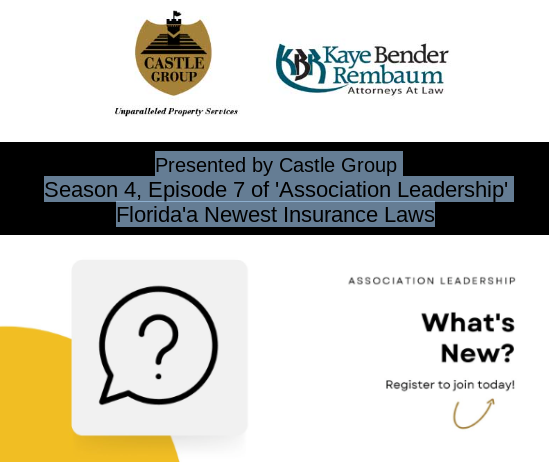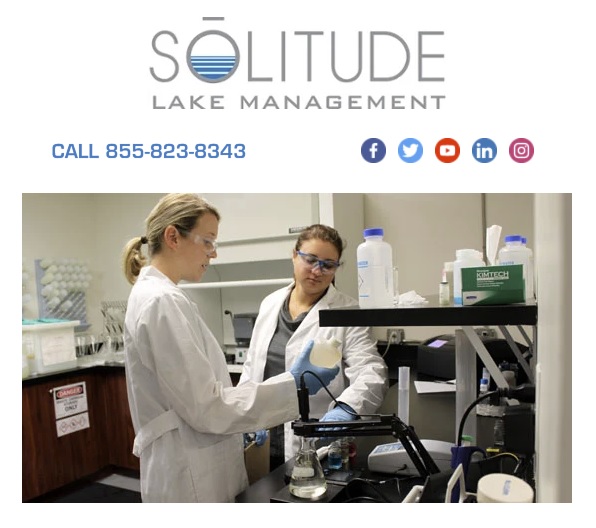Raleigh’s First Citizens Bank is buying most of Silicon Valley Bank, the tech-focused financial institution which collapsed earlier this month. First Citizens will acquire all deposits and loans of the former Silicon Valley Bank in exchange for company stock worth up to $500 million, the Federal Deposit Insurance Corporation (FDIC) announced Sunday.
The FDIC had controlled Silicon Valley Bank since it failed following a bank run on March 10. In the agreement, all Silicon Valley depositors will automatically transfer to First Citizens, and on Monday, the 17 former Silicon Valley branches will open as First Citizens Bank locations.
“First Citizens has a proud history of growing organically and through strategic acquisitions that build our core capabilities in a careful and deliberate manner,” First Citizens CEO Frank Holding Jr. said in a statement Monday. “This transaction leverages our solid foundation to add significant scale, geographic diversity, compelling digital capabilities and most importantly, meaningful solutions for customers throughout their lifecycle.” Holding added the deal will “accelerate” the company’s expansion goals in California and the Northeast. First Citizens and the FDIC entered a loss-share agreement which ensures both parties will share in the potential recovery and losses on loans, the government and bank announced.
“We welcome the news, which comes at no cost to taxpayers,” White House Press Secretary Karine Jean-Pierre said. “The banking system is safe,” Jean-Pierre added. “Americans can be confident, and we have seen deposits stabilize at regional banks throughout the country, and in some cases outflows have modestly reversed. What we have done these past 14 days has worked.” The FDIC had given bidders until Friday night to make offers for Silicon Valley Bank.
WHAT IS FIRST CITIZENS BANK?
According to a Federal Reserve database, First Citizens was the 30th largest bank in the country by consolidated assets at the end of last year. It operates 582 branches and offices nationwide, 60% of which were in North Carolina or South Carolina.
It is the Carolinas’ fourth largest bank, behind Bank of America, Truist, and Wells Fargo, and employs more than 2,000 in the Triangle area, according to Wake County Economic Development.
First Citizens was founded in Johnston County in 1898, and for most of the past century, it’s been helmed by three generations of the Holding family.
The company’s headquarters are in the North Hills neighborhood of Raleigh. Silicon Valley isn’t the first major purchase First Citizens has made in recent years.
In January 2022, its parent company First Citizens BancShares purchased New York-based CIT Group for approximately $2.2 billion. According to First Citizens spokesperson Angela English, First Citizens has bought more than 20 FDIC-backed banks since 2009.
In its purchase of Silicon Valley, First Citizens will take on $110 billion in assets, $56 billion in deposits, and $72 billion in loans, the company said Monday. During an investor call Monday, Holding recognized his bank “is not well known for expertise in the digital innovation economy.” In the industry, First Citizens has been viewed as a more traditional bank, far from the profile of Silicon Valley Bank, which geared its services toward early-stage technology startups. But Holding pointed out “our home market in Raleigh” is a leader in innovation.
“We are committed to continuing to help innovators, enterprises, and investors move bold ideas forward,” he said. “This acquisition positions First Citizens to support that growth both for Silicon Valley’s markets and right here in our own backyard in the Research Triangle Park by combining First Citizens’ traditional relationship banking, creativity and ability with the strengths, relationships, and expertise of legacy SVB.”
Exciting news in the banking industry as First Citizens Bank announced its acquisition of Silicon Valley Bank. This comes on the heels of First Citizens BancShares’ purchase of CIT Group in January 2022 for roughly $2.2 billion. The acquisition of CIT included Community Association Bank (CAB), a major player in the community association banking space, which has since been re-branded as part of First Citizens Bank. This move further solidifies First Citizens Bank’s position as a leading financial institution.
Tags:
Finance & Banking,
SFPMA Articles




























